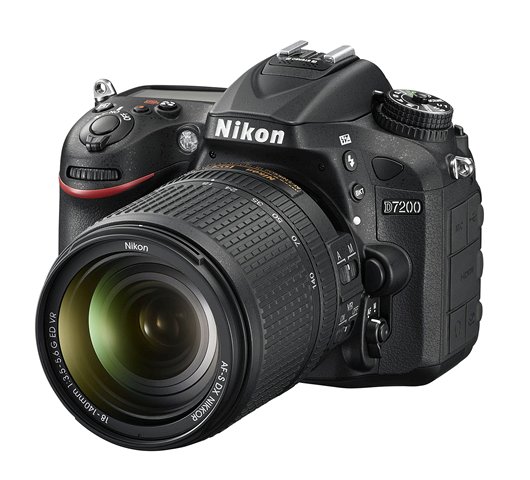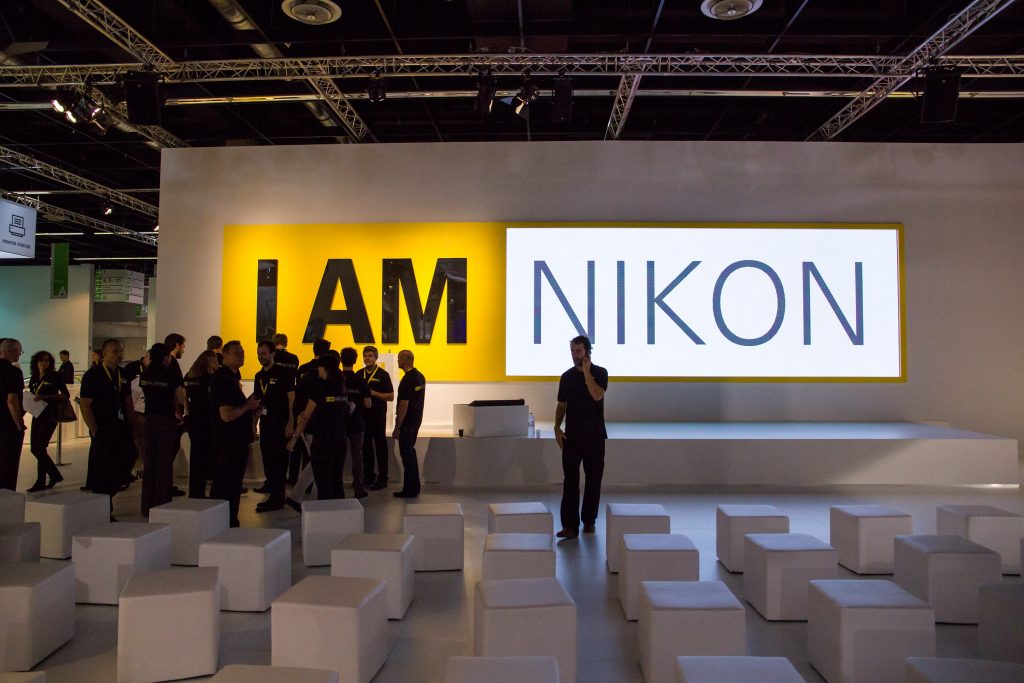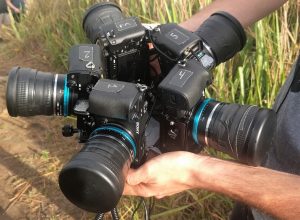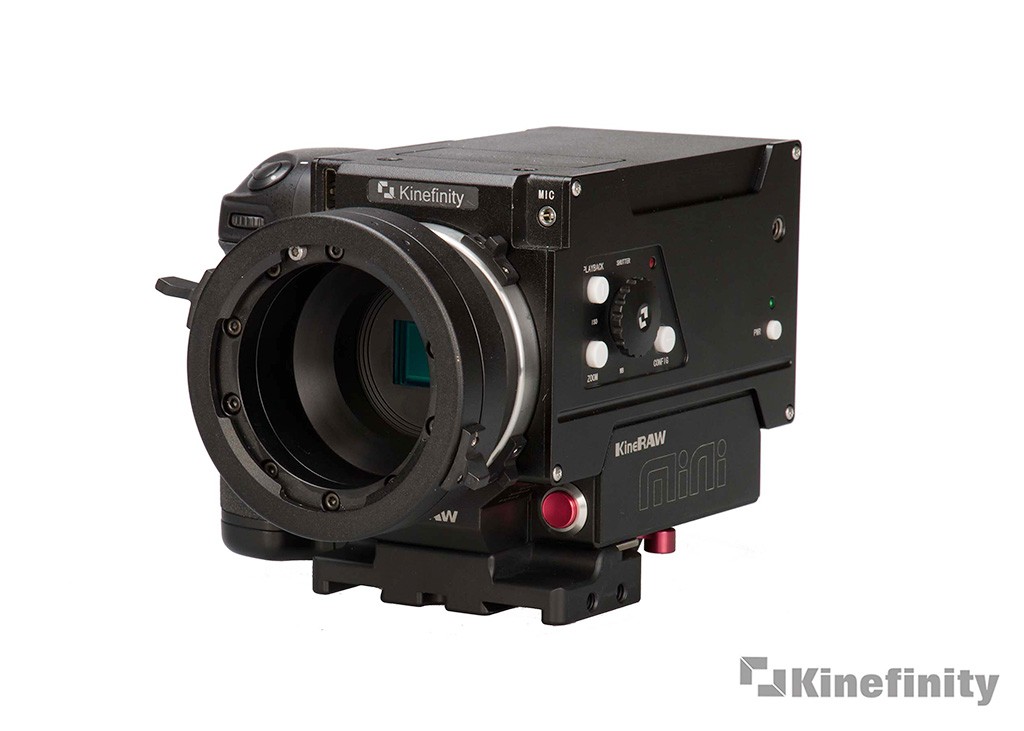
Today the Nikon D7200 got announced. As a filmmaker with the very good Nikon D5200 (it is as good as the stock Canon 5Dmk3 for filming with), and looking to upgrade my main camera this year, I had some slim hope that perhaps the D7200 might be it.
Unfortunately it is such a terribly disappointing release (though hardly hugely surprising, but after Nikon’s recent better than expected cameras with the D5300 and D750 I had higher hopes!).
Look at the D750, the best full frame DSLR on the market for filming! If the D7x0 can, so can a D7x00!
I had really hoped Nikon would carry on the good work it had done in catching up with video performance but making their top of the line DX camera (i.e. Super 35mm, the standard in filmmaking) being another step forward for filmmaking from their D750.
They made a token gesture that they care about filmmakers, with the release of their Nikon ME-W1 wireless microphone. But there are already better alternatives to that on the market, a Nikon branded one doesn’t really change anything.
The D7200 has a lack of higher than 60fps (and even then, the 60fps crops down 1.3x from APS-C), no 4K, no focus peaking, no adjustable screen (I prefer the D5300 screen, but even a D750 screen would be hugely helpful), just to list a few things it could’ve done but didn’t.
Of course photographers will respond with “but it is a photography camera”, as if that makes my complaints irrelevant. Ignoring that developments such as adjustable screens benefits photographers too. And improved processing power in the camera for 4K will be useful for photography functions too. And more sales to videographers means greater economies of scales for the manufacturer, and cheaper cameras for the photographer to buy.
Looks like I’m back to deciding between the Samsung NX1, Panasonic GH4, or Sony A7s. But I’m in no rush, can wait for price drops or a better option to come along….. (Sony A7000? Sony NX500? Panasonic G7? Exciting times). Currently am heavily leaning towards the GH4, but I think once H.265 gets supported by a major NLE then the Samsung NX1 could be that camera (lacks the utterly extreme and over the top low light capabilities of the A7s, and lacks 24p with UHD, and lacks a focal reducer option like the GH4. Plus a few other minor things, but otherwise those are relatively minor quibbles).
The Nikon press release:
Nikon’s New DX-Format D7200 DSLR Will Help Passionate Photographers Conquer Their Next Challenge with Incredible Speed and Image Quality
The Nikon D7200 is a Lightweight yet Powerful Option for Enthusiasts Eager to Create, Capture and Share Incredible Images and HD Video
MELVILLE, NY – Today, Nikon Inc. introduced the Nikon D7200, a powerful DX-format DSLR built for enthusiasts ready to conquer the next challenge in their photographic journey. Featuring a 24.2-megapixel CMOS sensor with no optical low-pass filter (OLPF) and the EXPEED 4 image processing system, the D7200 is capable of incredibly fast performance and capturing phenomenally detailed, sharp images and HD video. Nikon’s newest lightweight DSLR also adds increased buffer capacity compared to the D7100, includes new Picture Controls and offers the experience of Nikon Snapbridge, whereby users seamlessly shoot and share stunning photos from the camera to a compatible smartphone or tablet via built-in Wi-Fi®(1) and Near Field Communication (NFC(2)). Additionally, Nikon introduced the new ME-W1 wireless microphone, a simple solution to DSLR videographers’ wireless sound needs, as well as the new View NX-i imaging software.
“Those passionate about photography are constantly looking for the next challenge and Nikon is committed to providing the tools necessary to take that passion to the next level,” said Masahiro Horie, Director of Marketing and Planning, Nikon Inc. “The new DX-format Nikon D7200 offers the next level of performance for the enthusiast photographer that wants to creatively capture exceptional images and HD video that can be easily shared with friends and family.”
Incredible Image Quality
Nikon’s newest DSLR features a powerful 24.2-megapixel DX-format CMOS sensor with no OLPF capable of producing stunning images and maximum sharpness in nearly any shooting scenario. Combined with the new EXPEED 4 Image Processing engine, the Nikon D7200 renders sharp images and HD video with wide dynamic range, with the added benefit of extremely precise autofocus and metering. Whether on assignment or photographing the next family gathering, the D7200 is the ideal tool to capture important moments with incredible quality. For when available light is scarce, the camera also features a wide ISO range from 100-25,600 to help minimize noise in low-light situations. As always, the Nikon D7200 maintains compatibility with the legendary line of NIKKOR lenses and DSLR accessories which adds even more reach and versatility to any photographer’s kit.
Powerful Performance for Serious Photographers
Enthusiast photographers need a DSLR that can keep up with their passions. The Nikon D7200 sports a host of features designed to provide the power and precision needed to take on the next photographic challenge. Courtesy of EXPEED 4, the D7200 features 30% faster image processing than its predecessor, the Nikon D7100, and provides an increased buffer capacity that now allows the camera to shoot 18 consecutive RAW 14-bit lossless compressed images, 27 12-bit compressed shots or 100 JPEG frames. Additionally, this powerful DX-format DSLR offers users the versatility to shoot at 6 frames-per-second (fps) continuously or up to 7 fps in 1.3x crop mode, a popular shooting mode for both sports and wildlife photographers.
Photographers in need of a versatile, powerful yet lightweight DX-format DSLR need look no further than the Nikon D7200. When shooting fleeting moments or fast action, photographers will appreciate the camera’s pro-caliber 51-point autofocus array powered by a new Advanced Multi-CAM 3500II DX high-density system. The AF points cover a wide DX-format area, and nearly the entire frame using 1.3x crop mode. Even in low-light, the D7200 utilizes 15 cross-type sensors to achieve incredible focus on moving subjects, while the center point works down to f/8, making it great for use with compatible teleconverters. The Nikon D7200 also features a 2,016 RGB metering sensor alongside Nikon’s Scene Recognition System to help achieve the perfect exposure and focus in a variety of shooting scenarios.
Create, Capture and Share with Incredible Versatility
The Nikon D7200 is the first Nikon DSLR to feature both built-in Wi-Fi®(1) and NFC(2) that allow for seamless connectivity and sharing via compatible smart devices. Via NFC, users can simply touch their device to the camera for easy connectivity, while built-in Wi-Fi also allows the user to utilize their smartphone for simple playback and sharing, as well as a remote shutter and monitor.
In addition to robust performance and incredible image quality, the D7200 also sports a feature set designed to foster creativity in any level of photographer. Nikon’s newest DX-format DSLR features the next generation of Picture Controls, now including Flat and Clarity settings, to help users craft each individual image to their intended expression. These controls have been expanded for use in Live View, while artistic effects can be applied to both stills and video in real time, offering the user the ultimate in creative control. Ergonomically designed and ready to endure the elements, the Nikon D7200 features a durable yet lightweight magnesium alloy body and is ready to tackle the next photographic challenge. Users can also take advantage of a 3.2-inch ultra high-resolution (1,229k dot) LCD monitor and a low-power consumption organic EL (OLED) display element in the optical viewfinder that improves visibility when shooting.
Impressive Video Capabilities
The Nikon D7200 inherits many of the high-end video capabilities of Nikon’s latest full frame DSLRs, the Nikon D810 and Nikon D750. Ready to capture top-quality HD video at a moment’s notice, users can take advantage of a robust video feature set that allows videographers to record uncompressed and compressed Full HD 1080 footage at 30/25/24p and 1080 at 60/50p in 1.3x Crop Mode. Additionally, Auto ISO sensitivity is now available in manual mode, helping create smooth exposure transitions without changing shutter speed or aperture, while “zebra stripes” highlight display is available to confirm exposure. Video controls are available through a dedicated movie menu for quick access, while aspiring videographers can also utilize a built-in stereo microphone with 20 step adjustments to record smooth DSLR audio. The D7200 is also the first Nikon DX-format DSLR to feature a built-in Time Lapse Mode with exposure smoothing, making capturing a beautiful sunset time-lapse easier than ever.
ME-W1: A Simple Solution to Wireless Sound in DSLR Video
Nikon has also introduced a versatile new wireless lavalier microphone for Nikon users, the ME-W1, capable of capturing crisp and detailed audio wirelessly. Weather resistant and powered by two AAA batteries, users can wirelessly record audio in mono or stereo (when connected to the ME-1 stereo microphone) from up to 50m (164 ft.) away. Great for bloggers, aspiring videographers or even professionals, the ME-W1 makes recording audio for DSLR video simple, without sacrificing quality sound.
View NX-i: New, Innovative Software for Photographers
For photographers that wish to take control of their images after capture, Nikon also announces new View NX-i browsing software that allows for more intuitive control of images than ever before. View NX-i allows users to browse RAW files adjusted by Capture NX-D software and provides the easy upload of images to social networks.
Price and Availability
The Nikon D7200 will be available in early April 2015 either body only or kitted with the AF-S DX NIKKOR 18-140mm f/3.5-5.6G ED VR for suggested retail prices (SRP) of $1,199.95* and $1,699.95*, respectively. The ME-W1 wireless microphone will be available in March 2015 for $249.95* SRP, while Nikon’s View NX-i software will be available on March 17, 2015 as a free download. For more information about the Nikon D7200 and other Nikon cameras and products, please visit www.nikonusa.com.
Nikon Snapbridge
Nikon Snapbridge describes the experience of quickly and easily sending photos wirelessly from your Wi-Fi®(1) enabled Nikon DSLR, Nikon 1 or COOLPIX camera to a compatible smartphone or tablet. Share your great photos on the go, even in remote locations or even use a smartphone or tablet to control your camera. See what the camera sees and take pictures—great for selfies and group photos that actually include you!



